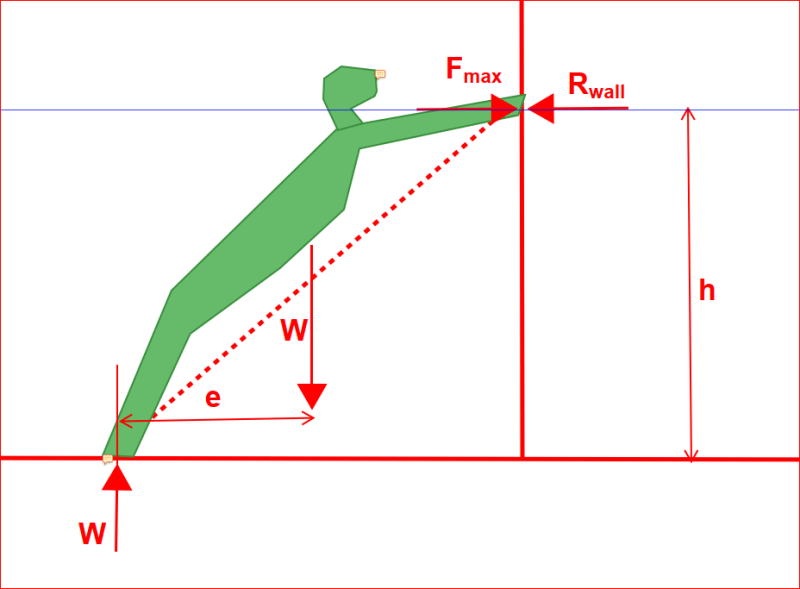Ron247
Structural
- Jan 18, 2019
- 1,098
I was pushing laterally on a 20'Hx25'W Great Room wall the other day to show the builder how weak the wall was. With only me pushing on the wall at about 4' to 4.5' from the floor, you could easily see it moving in and out. The wall is almost all windows and doors. It was framed with 2x4 syp wall studs. The upper half is mostly windows and the lower half is windows and doors. It passed city inspection I am told but that may not be true.
There are several framing issues that created the problem, but in shoving on the wall, I told the builder I cannot push horizontally on the wall more than about 1/3 my body weight and that was minor in comparison to the wind the wall was supposed to resist (5,000 lbs or more). The builder claims people can push more than their body weight and used someone bench pressing as an example. I know the bench pressing is not applicable to this.
My question is mainly, how hard can someone push laterally from shoulder level against something when they have nothing bracing them from overturning themselves. I used 3' spread of my feet and 4' to 4.5 for the distance to my shoulder and that is where I get my 1/3 approximation. Does that sound right? (3'/2)xP = 4.25xH ---> H = .375P -----> Ballpark 1/3 your weight.
There are several framing issues that created the problem, but in shoving on the wall, I told the builder I cannot push horizontally on the wall more than about 1/3 my body weight and that was minor in comparison to the wind the wall was supposed to resist (5,000 lbs or more). The builder claims people can push more than their body weight and used someone bench pressing as an example. I know the bench pressing is not applicable to this.
My question is mainly, how hard can someone push laterally from shoulder level against something when they have nothing bracing them from overturning themselves. I used 3' spread of my feet and 4' to 4.5 for the distance to my shoulder and that is where I get my 1/3 approximation. Does that sound right? (3'/2)xP = 4.25xH ---> H = .375P -----> Ballpark 1/3 your weight.

![[ponder] [ponder] [ponder]](/data/assets/smilies/ponder.gif) They used LVLs for the ones that I was involved with...
They used LVLs for the ones that I was involved with...